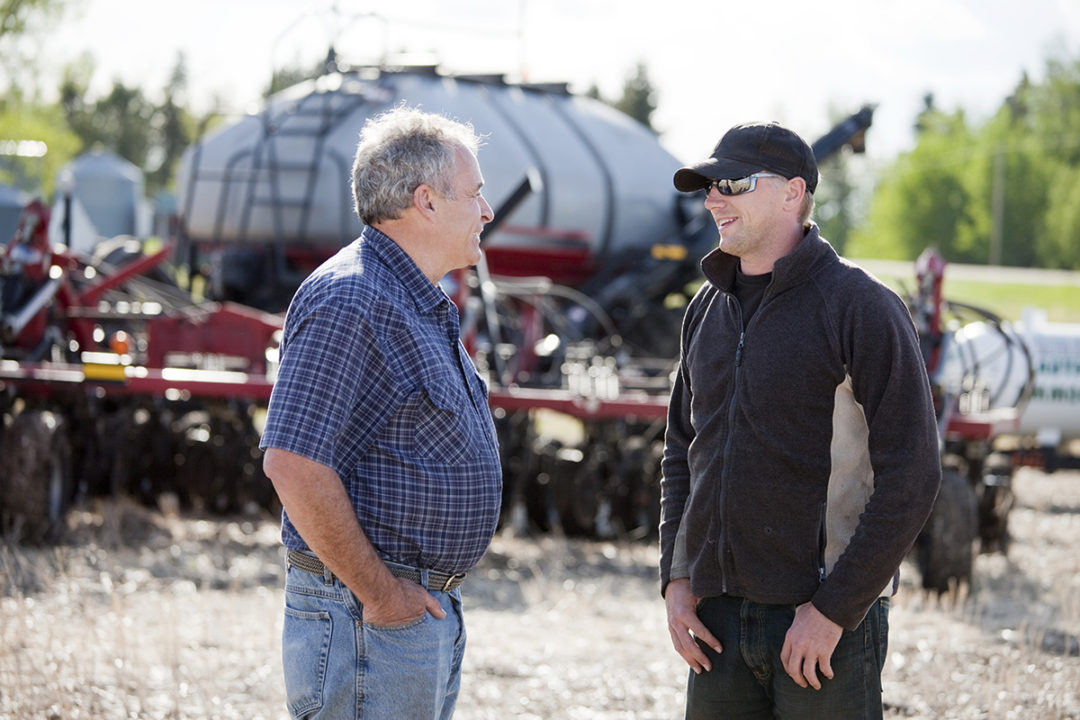How do you define “safety culture”? According to the U.S. Department of Labor’s Occupational Safety and Health Administration (OSHA), “Safety cultures consist of shared beliefs, practices and attitudes that exist at an establishment. Culture is the atmosphere created by those beliefs, attitudes, etc., which shape our behavior.” Essentially, safety culture on a farm occurs when everyone, including the farm owner and employees of all levels, accept “safety first” as the farm’s number one priority.
Your farm can exceed all the industry benchmarks for production, but if someone is severely injured, those production benchmarks are suddenly not important. No one wants to get hurt while working on the farm, and everyone benefits from a safety culture. That is one reason why effective leaders incorporate this into their farm management strategy.
How does someone go about building safety culture on the farm? Well, I am glad you asked! Let’s take a few minutes to explore ways in which you can incorporate this on your dairy.
Communication
As you already know, people communicate differently. Farm leaders need to self-evaluate how they communicate with their peers and those they supervise. Three common types of communication styles are authoritarian, participating and delegating. The authoritarian style is considered one-way communication where the supervisor tells employees what to do. On the other hand, the supervisor is using the delegating style when telling employees what needs to be done and then allowing them to determine how to accomplish the task at hand. This is also known as the “go figure it out” style of communication. The style in between these two examples is called the participating style, which is when a supervisor collects input from all employees before making a decision, and everyone participates in the decision-making process.
Which style of communication do you tend to implement the most on your farm? None of the styles are necessarily bad, and there are situations where each of them is appropriate. For example, if you are training a new employee, the authoritarian style is most appropriate, and the delegating style is the least appropriate. If there is an emergency, the authoritarian style is most appropriate and the participating style is the least appropriate. If there is a non-urgent safety measure you want to solicit input on from your employees before you make a decision, then the participating style is most appropriate. Remember, in order for the participating style to work effectively, the supervisor must establish an environment in which employees feel comfortable speaking up and participating in conversations. Being aware of how you communicate to different groups of employees is important. Tailoring your style to your audience helps to get your message across, especially if your message is that safety culture is the number one priority on your farm.
Lead by example
Sometimes doing the right thing seems inconvenient.
As a leader on your farm, one of the best ways to build safety culture is to lead by example. This may mean that you need to do something inconvenient.
Let’s look at a scenario that some might be able to relate to. You are a supervisor on a dairy, and you are fixing a piece of machinery when you notice that you are not wearing the required eyeglasses for protection. You only have about 10 minutes of work left on the piece of equipment, and the cabinet containing eyeglasses is in a different building. How do you handle this situation? The convenient reaction is to continue the work without eyeglasses. What if an employee happens to walk by and sees you not following safety procedures? That person may think “If the boss does not follow the rules, then why do I?”
Effective leaders lead by example. The motto “Do as I say and not as I do” does not cut it for safety culture.
Be a good listener
Having safety culture on your dairy means that employees should feel comfortable sharing safety concerns with their supervisor. However, this requires the supervisor to be approachable. Do your employees see you as approachable? If not, why?
When an employee shares a concern, take the time to truly listen. Taking the time to address a safety concern immediately is much better than risking someone’s safety. Hosting frequent safety meetings on your farm is a great way for employees to express concerns, but for these meetings to be effective, they need to be inclusive and comfortable so everyone feels welcomed to share concerns and ideas.
Do you remember the mapping activity that I described in my “Slips, trips and falls” article? Including an activity like that one may help employees feel more comfortable speaking up.
Reward safe behaviors
We all have something that motivates us to do a good job. For some people, it is monetary, while for others it might be pride. Sometimes, all it takes is the boss saying “Great job!” to stay motivated. Acknowledge the employee that is practicing good safety measures and the employee who brought a serious safety risk to your attention. Find out what motivates your employees and make sure they know how much you appreciate them being part of the safety culture.
If you currently have a safety culture on your dairy, take a step back and determine if there is anything you want to do differently. Is there any room for improvement?
If you do not currently have a safety culture, building it will take time and effort. However, if you communicate effectively, lead by example, listen and reward safe behaviors, your team will quickly join you as you make “safety first” your farm’s number one priority.
“Safety first,” now that is something worthy of hanging your hat on.






